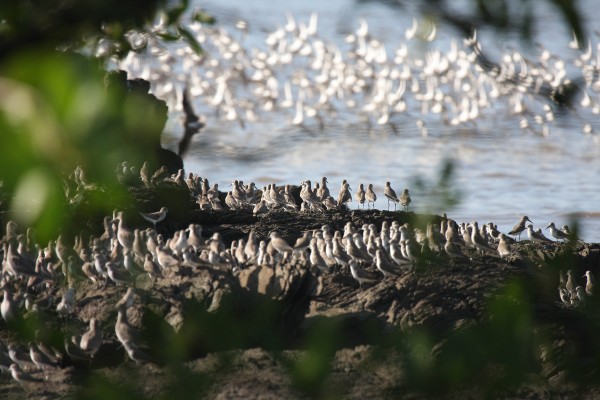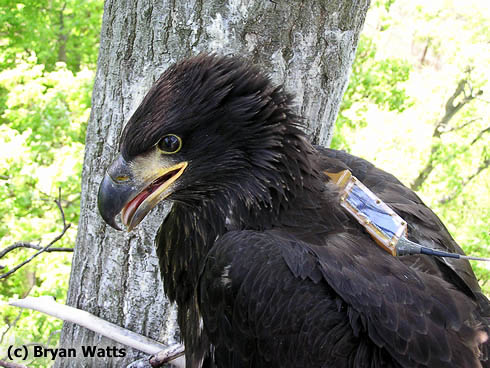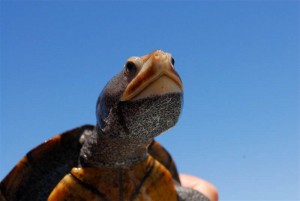CCB Associate, Bill Portlock, honored by the Roger Tory Peterson Institute

Bay of Panama added to National Protected Areas (Ramsar Site)
January 8, 2009
Earth Day with eagle banding event at Norfolk Botanical Garden
January 10, 2009
Written by Carla Schneider
January 9, 2009

Photographer and educator, Bill Portlock. Photo by Bill Portlock.
Educator & photographer, Bill Portlock, was recently honored by one of the nations’ premier natural history organizations, the Roger Tory Peterson Institute (RTPI), with a photography exhibit. “I’m excited, and a bit scared,” Portlock confided about this singular honor, “[yet] very honored and pleased to get such an audience, and the opportunity to get people engaged and outdoors more.” Portlock was State Naturalist for the Virginia Department of Conservation and Recreation before joining the Chesapeake Bay Foundation (CBF). He has worked with Mitchell Byrd and Bryan Watts, founders of The Center for Conservation Biology since the early 1980’s. His work on the Rappahannock River Bald Eagle Concentration Area has provided historical context to recent trends. In his current role as Senior Educator at the CBF, Portlock is a valuable collaborator and partner to CCB.

Diamondback terrapin (Malaclemys terrapin). Photo by Bill Portlock.
The Peterson Institute exhibition entitled, “Nature Revealed: the Photographs of Bill Portlock,” featured color images of Virginia’s outdoor splendor: coastal landscapes and endemic species. From early February 2009 through Sunday April 26, 2009, Portlock’s photography was on display at the Jamestown, NY institute’s nature center. This is not the first time the Peterson Institute has recognized Portlock. Last year, he was presented with the Blanche Hornbeck Award, one of only three annual awards given nationally by the Institute for excellence in nature education.

Northern parula (male) singing. Photo by Bill Portlock.
Bill Portlock began taking pictures with an Instamatic camera when he was a teenager in Norfolk, Virginia, documenting local plants and animals. He remembers being captivated by dioramas and wildlife exhibits at the Chrysler Museum (then called the Norfolk Museum of Arts), and used his own wildlife photography to illustrate after-school talks at the museum. While an undergraduate at Old Dominion University, Portlock continued his prolific photography, and gathered with peers to critique eachothers’ work.

Osprey close-up. Photo by Bill Portlock.
His informal education in photography has not limited Portlock’s local and national exposure. In spring 2006, Bill Portlock’s aerial photos documentating a hazardous red tide in Chesapeake Bay made front-page news throughout the Chesapeake region and beyond. Also in 2006, his photography was featured in a book published by the National Geographic Society entitled Chesapeake: Exploring the Water Trail of Captain John Smith.

Red-spotted newt. Photo by Bill Portlock.
In the field, Portlock stalks the edges, where water meets land, for his photography. His goal is to “capture that critical moment in animals’ lives without intruding on them… to capture and share it with people and get them to go experience it for themselves.” Portlock has certainly delivered on his goal, through his photography, his CBF career, and his own “Teachers on the Bay” program, that provids opportunities for science teachers throughout the region to experience first hand the Chesapeake Bay and to carry those experiences back to the classroom.



